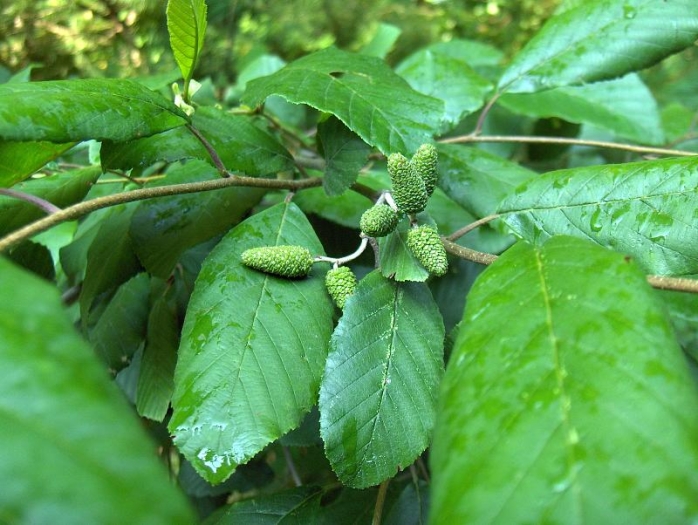Yellow Birch
(Betula alleghaniensis)
Yellow Birch (Betula alleghaniensis)
/
/

homeredwardprice
CC BY 2.0















































































Estimated Native Range
Summary
The tree’s flowers are wind-pollinated catkins that open in late spring, followed by the fruit maturing in fall, consisting of numerous tiny winged seeds packed between the catkin bracts. The Yellow Birch is valued for its bright yellow fall foliage and the ornamental quality of its bark. It is used in landscaping for naturalized areas, as a specimen tree, and for reforestation projects. Gardeners should plant Yellow Birch in full sun to partial shade, ensure consistent moisture, and provide soil with good drainage. While adaptable to a range of soil types, it prefers a slightly acidic pH. It is relatively free of serious pests and diseases, but bronze birch borer can be a problem in some areas.CC BY-SA 4.0
Plant Description
- Plant Type: Tree
- Height: 60-70 feet
- Width: 60-70 feet
- Growth Rate: Slow
- Flower Color: N/A
- Flowering Season: Spring
- Leaf Retention: Deciduous
Growth Requirements
- Sun: Full Sun, Part Shade
- Water: Medium
- Drainage: Fast, Medium, Slow
Common Uses
Bird Garden, Butterfly Garden, Deer Resistant, Edible*Disclaimer: Easyscape's listed plant edibility is for informational use. Always verify the safety and proper identification of any plant before consumption., Erosion Control, Fragrant, Rabbit Resistant, Salt Tolerant
Natural Habitat
Moist, cool forests of the Northeastern United States and Canada, including mixed hardwood-conifer forests, the Great Lakes region, and the Appalachian Mountains
Other Names
Common Names: Golden Birch , Swamp Birch , Gelb-Birke , Merisier , Bouleau Jaune , Bouleau Des Alléghanys , Bouleau Merisier , Merisier Blanc , Merisier Jaune , Gulbjörk
Scientific Names: Betula alleghaniensis , Betula lutea , Betula alleghaniensis var. alleghaniensis , Betula alleghaniensis var. macrolepis , Betula lutea var. macrolepis , Betula alleghaniensis f. macrolepis , Betula lutea f. fallax , Betula lutea var. alleghaniensis , Betula lutea f. macrolepis , Betula alleghaniensis var. fallax
GBIF Accepted Name: Betula alleghaniensis Britton